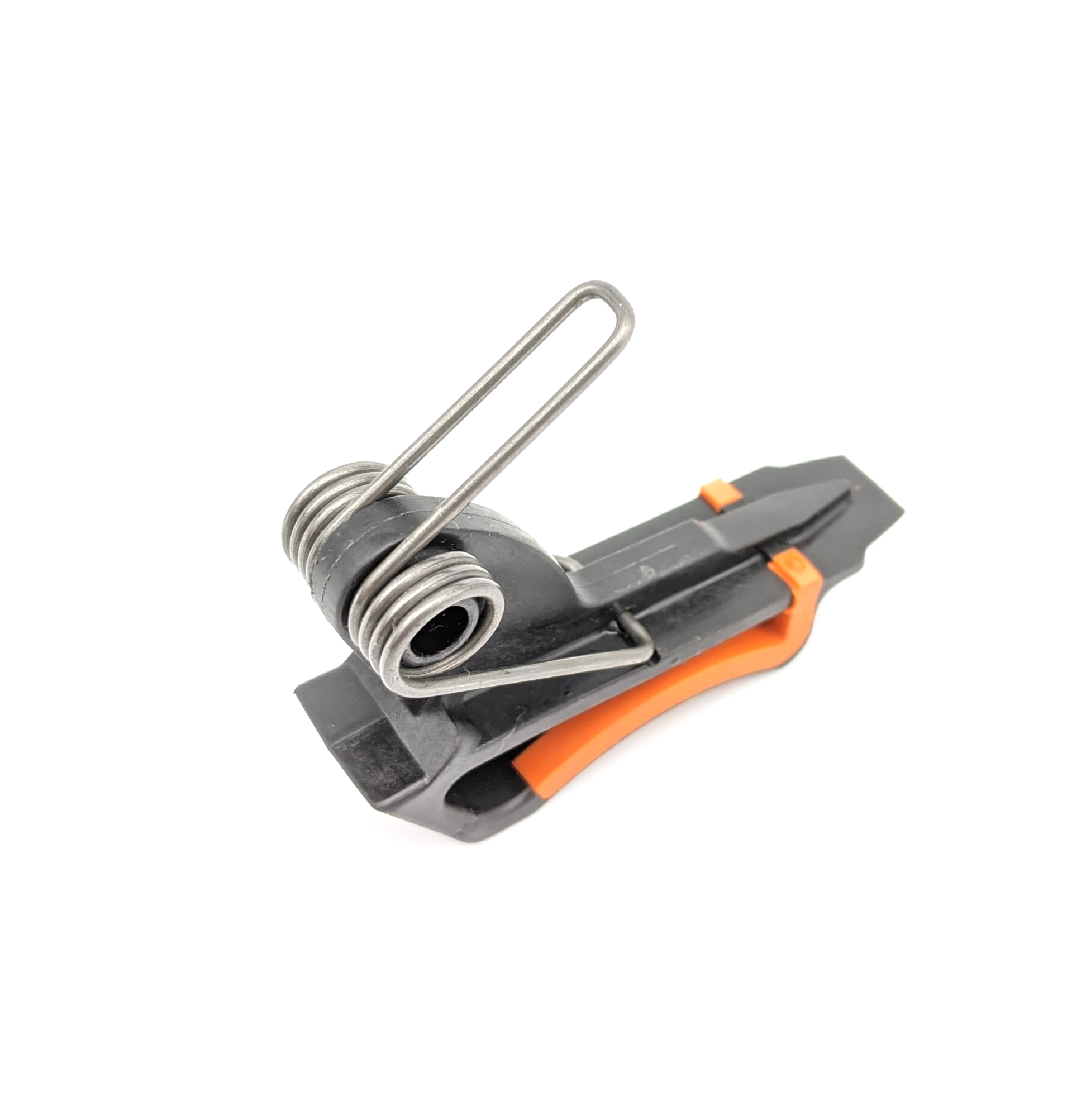Get unique, complex parts easily. No matter your requirements, Chaoyi Spring creates hard-to-produce coil springs and wire forms.
Let us help you create the custom wire form you need, from S-hooks and J-hooks to utility hooks and more.
We work closely with customers across a wide range of industries, helping them design and manufacture made-to-order parts.
Why choose Chaoyi Spring? We prioritize customer-focused collaboration, modern equipment and the latest technology to make your parts per print.
Find the information and guidance you need, from measuring a spring to learning about materials, placing an order and much more.
Have you ever wondered what happens when you give a spring a good shake? It's not just a simple jiggle; it's a fascinating demonstration of physics in action. Longitudinal waves,


Have you ever wondered what happens when you give a spring a good shake? It's not just a simple jiggle; it's a fascinating demonstration of physics in action. Longitudinal waves, the type of wave that travels along the spring's axis, are responsible for this seemingly simple motion. In this article, we'll delve into the fascinating world of longitudinal waves on a spring, exploring their characteristics, how they are generated, and why they are crucial to understanding various phenomena in physics and engineering.

Imagine a spring, coiled up and ready to be stretched. Now, imagine giving it a quick push or pull. What happens? The energy you imparted to the spring doesn't just disappear; it travels along the spring, causing the coils to move back and forth in a specific pattern. This pattern is what we call a longitudinal wave.
Unlike transverse waves, where the oscillations are perpendicular to the direction of wave travel (think of a wave on a string), longitudinal waves oscillate in the same direction as the wave travels. In the case of a spring, the coils move back and forth, compressing and stretching the spring as the wave propagates.
Let's break down the key elements of this phenomenon:
1. **Compressions and Rarefactions:** As the wave travels, it creates areas of compression, where the coils are closer together, and areas of rarefaction, where the coils are farther apart. These compressions and rarefactions are what carry the energy along the spring.
2. **Wavelength:** The distance between two consecutive compressions or rarefactions is called the wavelength. It's essentially the repeating pattern of the wave.
3. **Frequency:** How often the spring oscillates back and forth determines the frequency of the wave. A higher frequency means more oscillations per second.
4. **Amplitude:** The maximum displacement of the coils from their resting position is called the amplitude. A larger amplitude indicates a stronger wave, carrying more energy.
Creating longitudinal waves on a spring is as simple as giving it a push or pull. The initial disturbance you create sets the spring in motion, generating a series of compressions and rarefactions that travel down the spring. The speed at which these waves travel depends on the properties of the spring, such as its mass and elasticity.
Here's a simple experiment to visualize this: Hold one end of a long spring and give the other end a quick push. You'll see a compression travel down the spring. Now try pulling the end quickly – you'll see a rarefaction travel down the spring. By repeating these actions, you can generate a continuous series of longitudinal waves.
While this might seem like a simple toy demonstration, the concept of longitudinal waves on a spring is fundamental to understanding various phenomena in physics and engineering. Here are a few examples:
1. **Sound Waves:** Sound waves, which allow us to hear, are actually longitudinal waves traveling through a medium like air. The compressions and rarefactions in the air correspond to the high and low pressure areas of the wave.
2. **Seismic Waves:** Earthquakes generate seismic waves, which are also longitudinal waves (called P-waves) that travel through the Earth's interior. These waves are responsible for the shaking we feel during an earthquake.
3. **Ultrasound:** Ultrasound, used in medical imaging and other applications, is a type of longitudinal wave with a frequency higher than what humans can hear. These waves can penetrate tissues and reflect off different structures, allowing doctors to see inside the body.
The study of longitudinal waves on a spring is just the beginning. Further exploration into wave mechanics reveals the intricate relationships between frequency, wavelength, and speed. You can also investigate how the properties of the spring, such as its mass and elasticity, affect the wave's behavior.
And for those who want to delve deeper into the fascinating world of wave physics, there's a whole spectrum of applications to explore, from the intricacies of electromagnetic waves to the wonders of quantum mechanics. So, next time you see a spring, take a moment to appreciate the hidden power of longitudinal waves that govern its movement. They might just open up a whole new world of understanding about our universe.
Longitudinal waves on a spring, though seemingly simple, provide a foundational understanding of wave mechanics. They are the key to unlocking the secrets of sound, seismic waves, ultrasound, and many other fascinating phenomena. So, the next time you see a spring, remember the invisible energy traveling through it, and appreciate the fundamental role of longitudinal waves in shaping our world.
Browse some of the custom wire forms and springs that we manufacture. Don’t see what you need? We specialize in made-to-order products that meet your application requirements.
Visit Our GalleryNeed a custom wire form or coil spring? We make it work. Fill out the contact form and a representative will respond within 1 business day. If you have a PDF or CAD file, you can submit to request a quote.